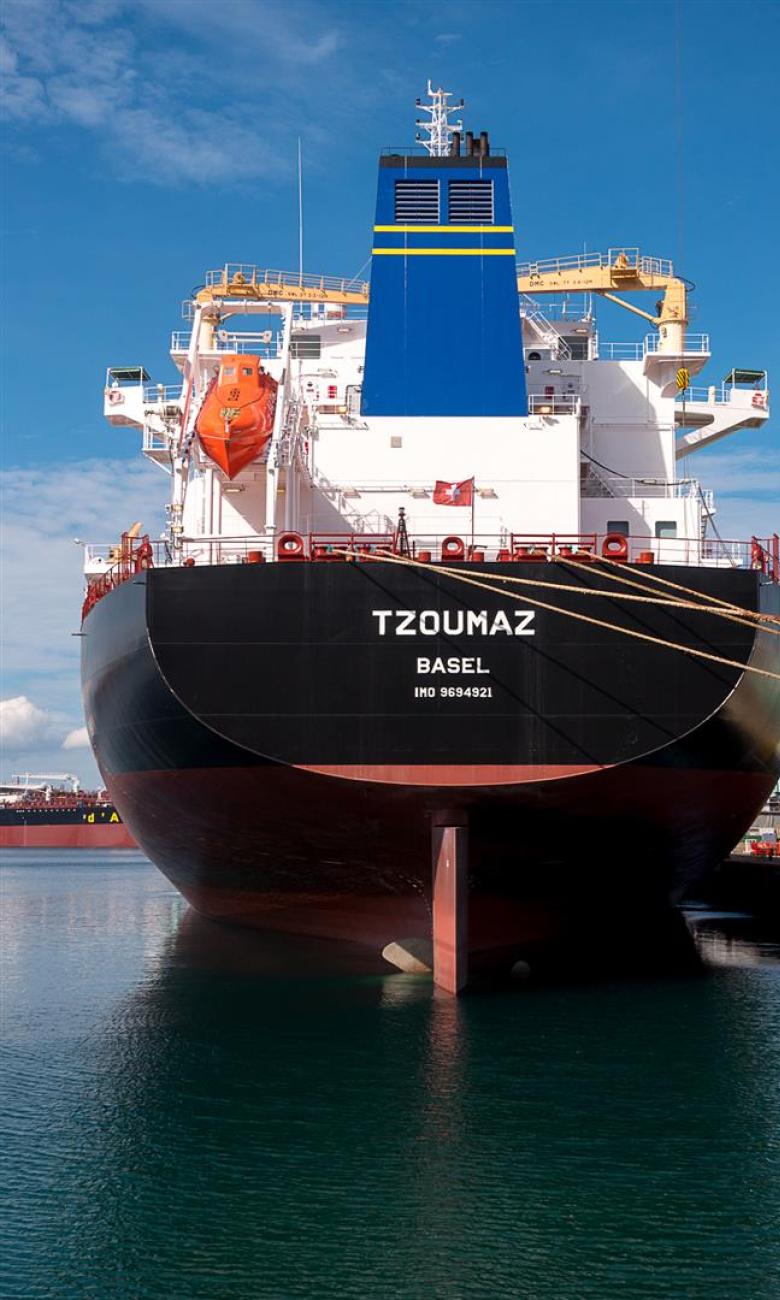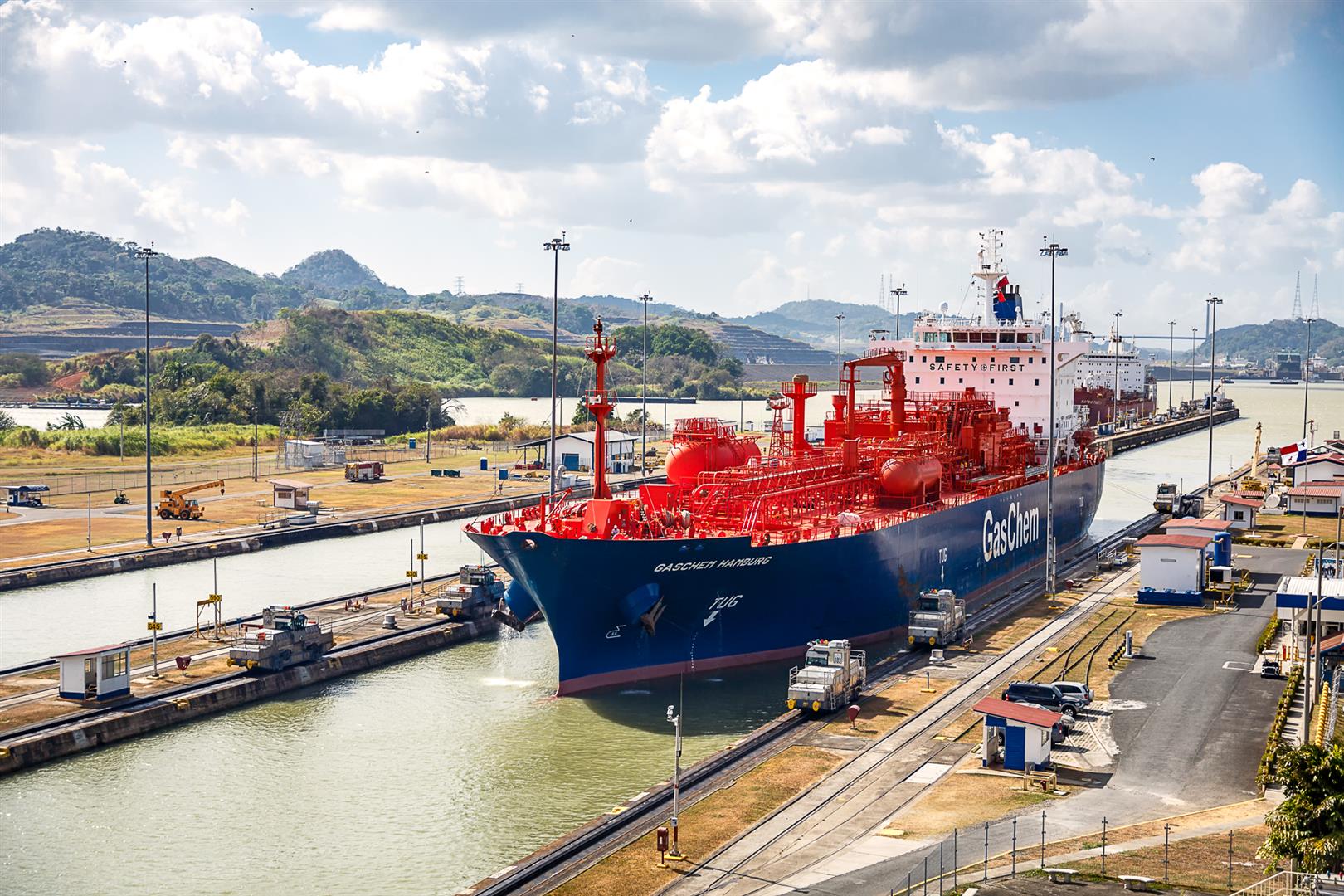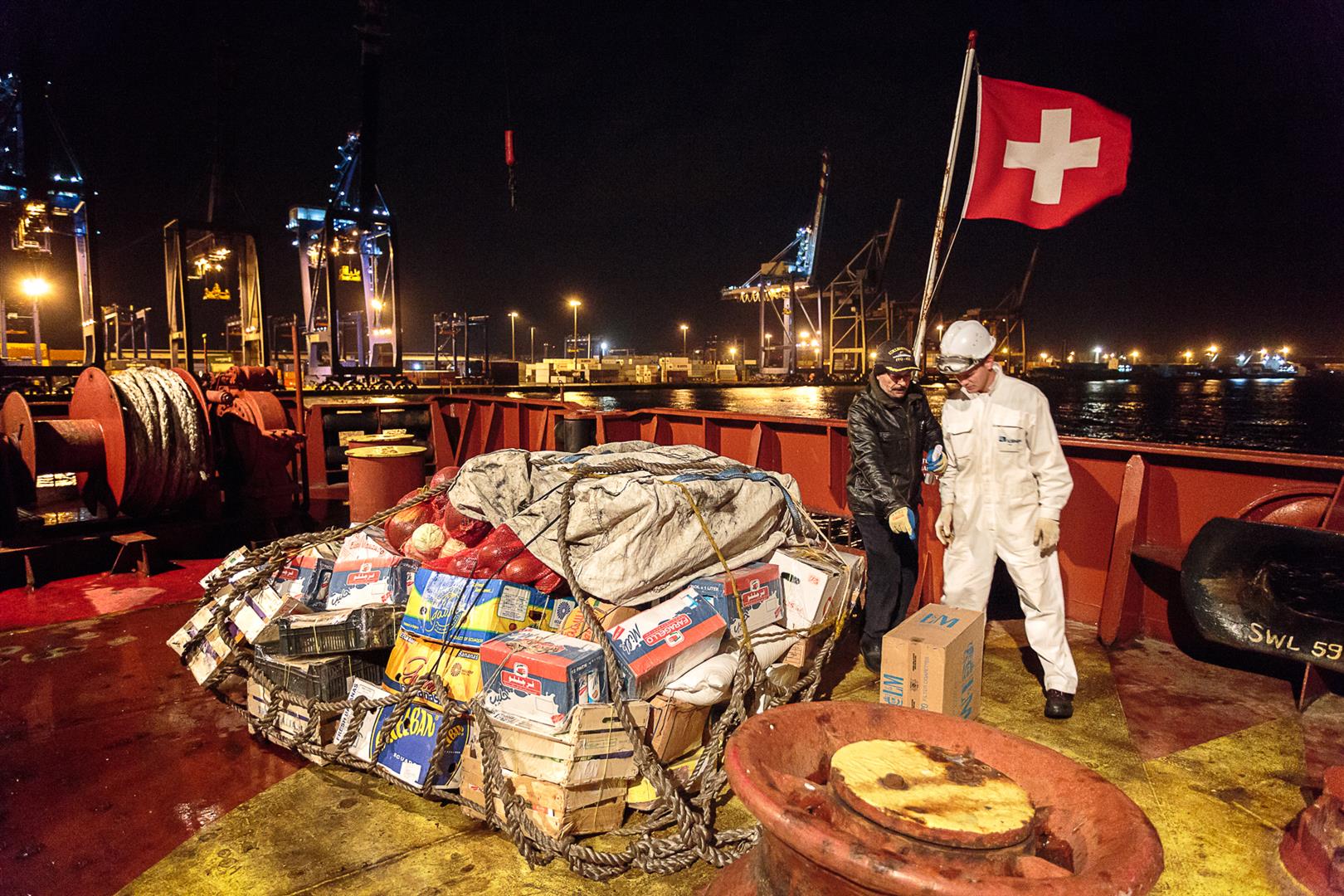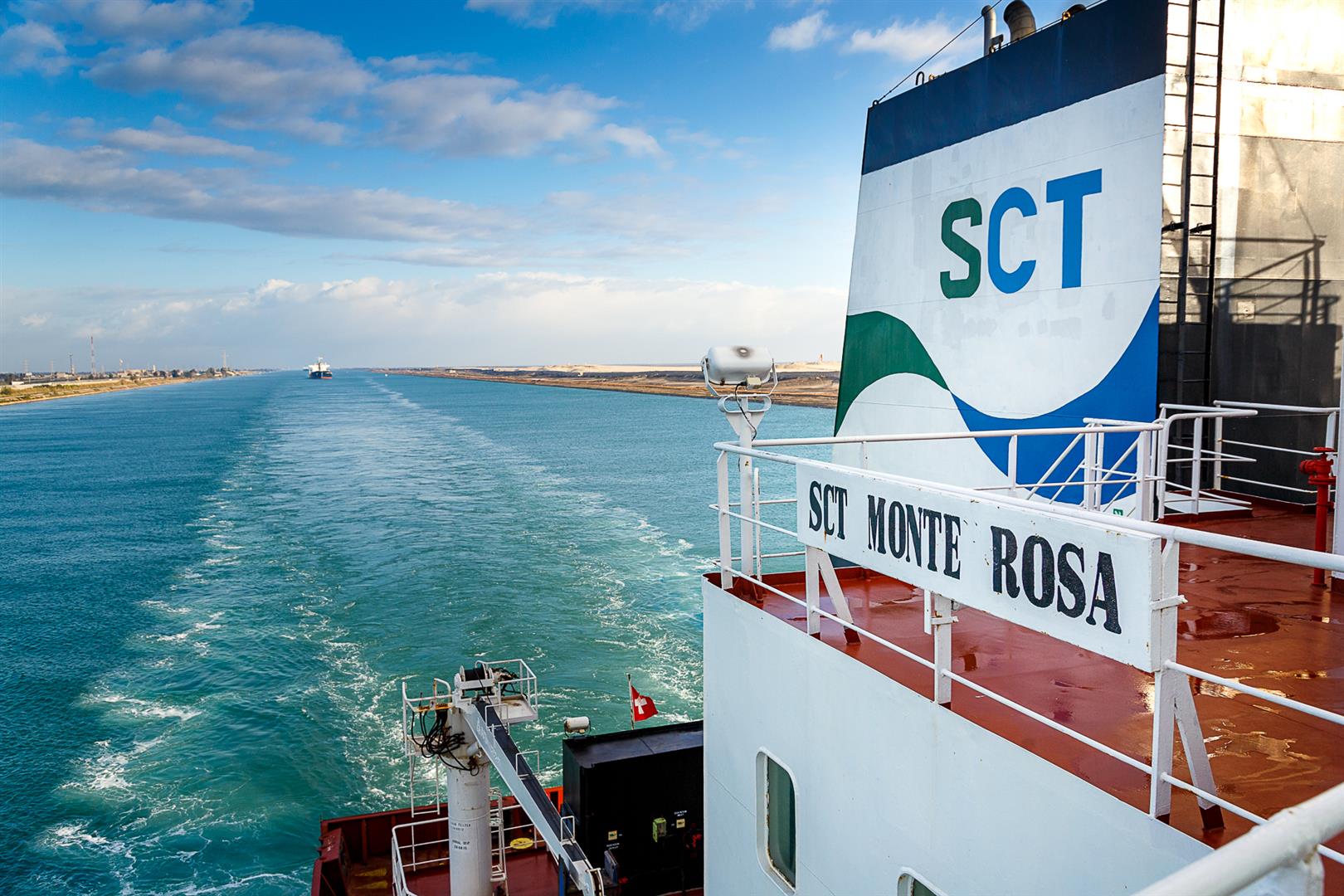Plying the world's trade routes: the Swiss merchant navy at 75
The Swiss merchant navy was established at the height of the Second War World to ensure the supply of essential resources to Switzerland, which at the time stood alone in the middle of devastated Europe. The fleet continues to sail the high seas three quarters of a century later.
Its ships bear names such as the 'Général Guisan', 'Matterhorn', 'Andermatt', 'Moléson', 'Romandie', 'Aventicum', 'Bernardino' and comprise bulk cargo vessels for carrying grain, coal, steel and bauxite, as well as chemical tankers for transporting acids and refined products from one continent to another in response to world demand and supply – and not just to supply Switzerland via Rotterdam and Basel.
On 9 April 1941, the Swiss maritime flag was created by the Federal Council with the theoretical home port in Basel, Switzerland's port on the Rhine. The very first cargo ship was the 'Calanda', which belonged to the Schweizerische Reederei AG, shipping company. Currently, six shipping companies – three in German-speaking Zurich and three in the French-speaking part of the country on the shores of Lake Geneva – operate the 49 cargo vessels sailing under the Swiss flag.
There have never been so many merchant ships sailing under the Swiss flag calling at ports around the world.

The biggest Swiss ships ever built
The 'Tzoumaz', the 'Diavolezza' and the 'Bregaglia', each with a deadweight of approximately 87,000 tonnes, are the biggest ships ever built for the Swiss merchant navy. For the first time in the history of the fleet these ships were built in Vietnam for the shipowner Suisse-Atlantique Société de Navigation Maritime SA. They were designed – with record dimensions of 240 metres in length and 38 metres in width – to make full use of the new enlarged locks of the Panama Canal, which were inaugurated this year. The price for these new vessels is around 33 million Swiss or US dollars, and they consume close to 20 tonnes of heavy fuel a day! The Swiss merchant navy has never owned oil tankers. The six container vessels that used to be part of the fleet were eventually sold by their owner, Suisse-Atlantique.

© Mike Gorsky
Record cargo volumes but ever fewer Swiss seafarers
During the 75 years of the fleet's existence the Swiss ships have sailed in all weathers. During the Second World War, for instance, several of them (the 'Chasseral', the 'Maloja', the 'Generoso' and 'Albula') were bombarded, hit by artillery fire or struck mines in the Mediterranean off the south coast of France.
Others risked their own sailors' and officers' lives to rescue the crews of shipwrecked vessels . In 1962, the 'Celerina', owned by Suisse-Atlantique, rescued the 76 passengers and crew members of a US military Super Constellation aircraft that had been forced to ditch in the Atlantic.
Today, the Swiss fleet numbers 50 cargo vessels but employs a mere half dozen seafarers with a Swiss passport. In 1967, when the Confederation made up the difference between what seafarers' earned at sea and what they could earn ashore, there were more than six hundred, including twelve captains.

© Mike Gorsky
One Swiss captain
The low level of international salaries, the long distance from ports to cities, and the short stays ashore discourage young Swiss nationals who want to see the world from joining the Swiss merchant navy. After the retirement in 2015 of Captain Pierre Schwarb, from the canton of Vaud, the only remaining Swiss captain on active duty is José Luis Schaefli, who lives in Argentina. Young Swiss officers are pursuing maritime training, however. But in contrast to the Filipinos, Ukrainians, Russians and Croatians who make up the bulk of the Swiss merchant navy's crews, the Swiss are not born sailors. Their talent and hard work make sailors of them. A case in point was Captain Fritz Gerber, from the Bernese Oberland, who learnt to sail on Cape Horners and hunted whales in the waters of the Antarctic. Other Swiss officers, such Charles Pichard from the canton of Vaud, worked a full 40 years in the service of the Swiss merchant navy.
Largest fleet of a landlocked country
Switzerland has the biggest fleet among the world's landlocked countries, ahead of Mongolia. It accounts for a thousandth of global merchant shipping tonnage. Managed by the Swiss Maritime Navigation Office in Basel, the Swiss fleet ranks 59th among the 175 states owning high-sea merchant fleets. The conditions to fly the Swiss flag are clear: the shipowner must be Swiss; the holders of 51% of the company's shares must be resident in Switzerland and do not have the right to sell the ship within three years; the Swiss fleet must ensure the supply of resources for the country in times of war or crisis. As Eric André, chairman of the Swiss Shipowners Association, explains "The principle behind the requirement to supply the country with the resources it needs is to ensure that the people of Switzerland can live in complete self-sufficiency for six months. If Switzerland depended on foreign cargo this principle would not be fulfilled."

© Mike Gorsky
"Marine suisse: 75 ans sur les océans" ["The Swiss merchant navy: 75 years at sea"], by Olivier Grivat and Mike Gorsky, 168 pages, Editions Imagine, Geneva, April 2016




